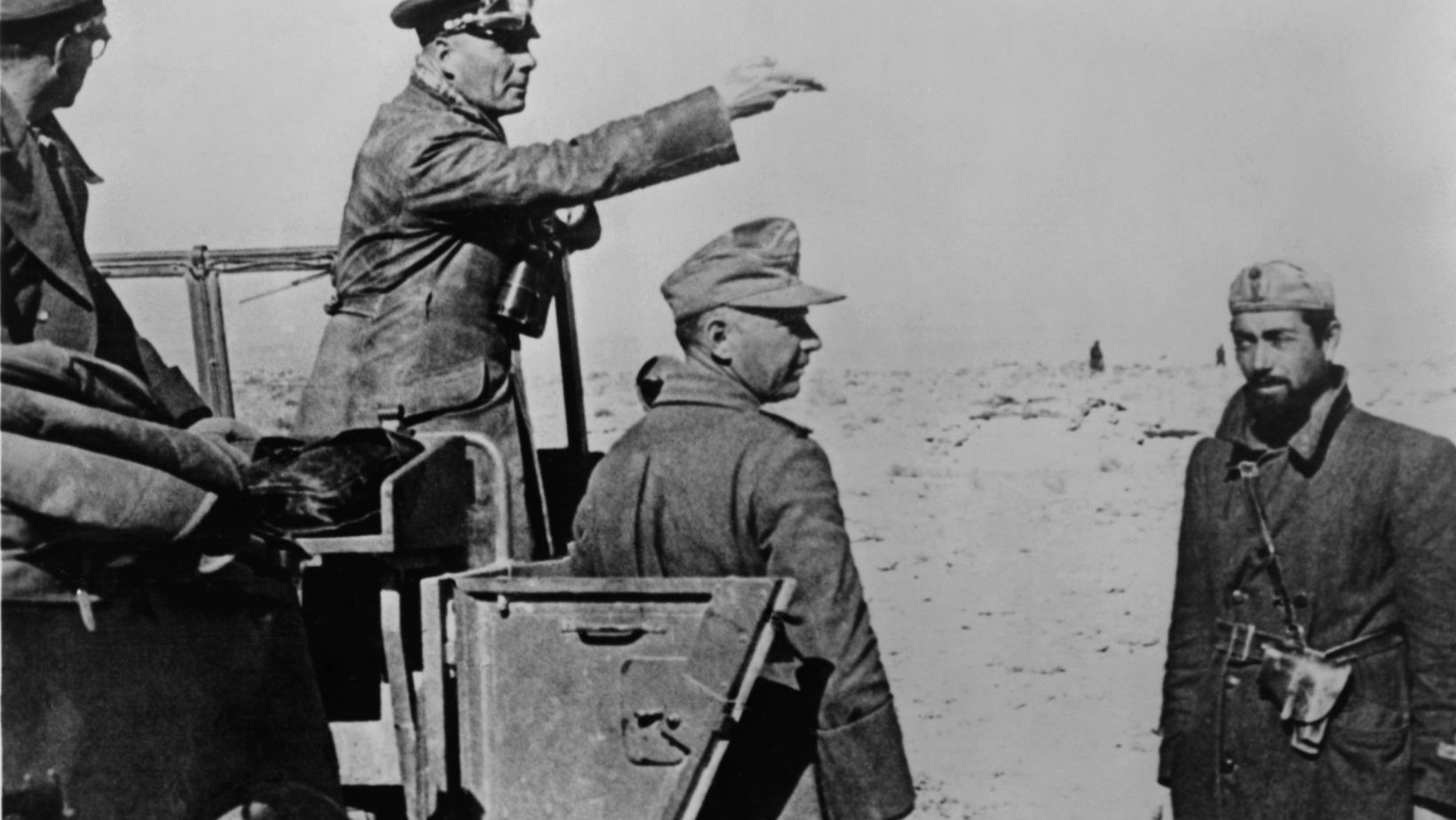
When we delve into American history, the Atlantic Charter holds a significant place. It’s essentially a pivotal policy statement issued during World War II that defined the Allied goals for the post-war world. As I navigate you through its importance, it’s key to note that this charter wasn’t just an agreement between nations; it was a blueprint for a better future.
The Atlantic Charter was announced on August 14, 1941, following meetings between President Franklin D. Roosevelt of the United States and Prime Minister Winston Churchill of Great Britain. They met in complete secrecy aboard naval ships off the coast of Newfoundland, emphasizing their commitment to peace and security.
This document didn’t merely serve as the basis for many international agreements but also became one of the first steps towards establishing the United Nations. Understanding its implications helps us comprehend how our present-day global political climate has been shaped by such monumental historical events.
Atlantic Charter APUSH Definition
Diving headfirst into the annals of American history, I find myself revisiting the milestones that have shaped our nation. Today, let’s dissect the Atlantic Charter – a pivotal document in World War II that continues to resonate in our modern world.
Origin and Background
The year was 1941. The world was knee-deep in conflict, with World War II well underway. It’s amidst this turbulence that two iconic leaders, Franklin D. Roosevelt and Winston Churchill, convened on a warship near Newfoundland. Their goal? To outline their hopes for a post-war world – an endeavor that culminated in the creation of the Atlantic Charter.
In essence, this charter served as both a statement of war aims and a blueprint for peace. Though it wasn’t an official treaty or act of law, its influence stretched far beyond those confines. Indeed, it marked America’s first significant step away from isolationism since the start of World War II.
Key Principles
Let’s now delve into what made the Atlantic Charter so formidable: its key principles. Central to these were some lofty aspirations:
- Self-Determination: One key tenet was respect for all peoples’ right to choose their own form of government (a principle known as self-determination). It underscored America and Britain’s commitment to freedom and democracy.
- Trade Equality: The charter also advocated for equal access to trade and raw materials needed by all nations.
- Global Cooperation: Lastly, it called for international collaboration to secure better social and economic conditions for everyone – laying some early groundwork for organizations like the United Nations.
Despite not being legally binding or universally accepted (Italy, Japan & Germany rejected it), this charter still played an instrumental role in shaping global policies post WWII era up till now.
So there we have it! That’s your primer on the “Atlantic Charter” as per APUSH (Advanced Placement United States History). It’s not just a document – it’s a symbol of hope, cooperation, and the enduring quest for a fairer world.

Historical Context
Diving headfirst into the deep waters of history, it’s crucial to understand the backdrop against which the Atlantic Charter was drawn up.
World War II
We’re talking about a time when World War II was at its peak. Countries were mired in conflict and international relations were on tenterhooks. The world map was being redrawn with each passing day as Axis powers advanced, causing upheaval and distress. It’s within this context that two of the most powerful nations, U.S.A and Great Britain, felt compelled to set down a framework for a post-war world – cue the Atlantic Charter.
Allied Powers
Now let me paint you a picture of what exactly these “Allied Powers” were dealing with. They were trying to stave off fascism while also envisioning a future where nations could coexist peacefully without threats of war hanging over their heads like Damocles’ sword. To say they had their plates full would be an understatement! And yet amidst all this chaos, they managed to put forth principles that would guide international diplomacy in years to come.
U.S. and Great Britain Relations
Shifting our focus now towards U.S.-Great Britain relations during this period: it wasn’t always smooth sailing between these two giants! Yes, they shared common goals but there were disagreements too – differences that needed ironing out if they hoped for their vision of peace to become reality. As we delve deeper into what transpired behind closed doors during those tense discussions leading up to Atlantic Charter’s formation, we’ll see just how pivotal this document truly was in shaping global politics.






